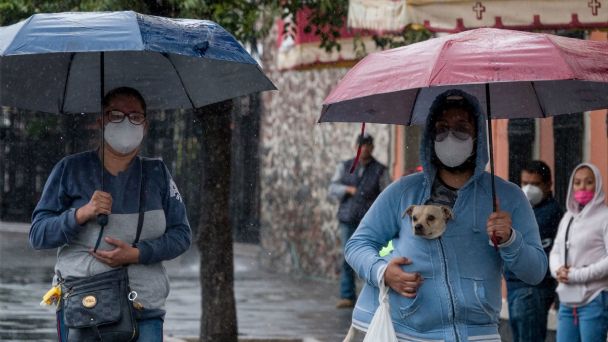On Monday, December 18th, meteorologist Juan Antonio Palma Solís, coordinator of the meteorology agency Meteored México, through his Meteorología Yucatán portal, offered a clear explanation about the causes of the peculiar cold that is registered in Yucatán.
According to Juan Antonio Palma, the cold environment in the Yucatan Peninsula occurs rarely, since this region is located in an area where tropical maritime air dominates. For this reason, when polar air arrives, the inhabitants of the region feel that they “freeze”, due to this cold popularly known as “freezing”, which has peculiar characteristics.
The expert adds that, after the passage of a cold front, the invasion of its associated cold air mass begins; which leaves more stable weather and clear skies. In this way, after the cloudy and rainy weather brought by the front, the afternoons of the following days feel somewhat warm, with sunny skies. However, maximum temperatures are not as high as when tropical maritime air dominates.
When the sun sets, rapid cooling begins to occur because all the daytime heat escapes into the atmosphere at a much faster rate than normal. Palma Solís explains that this process is called: “radiative cooling”, and that is why in the Yucatan Peninsula the “freezing” occurs at night and in the early morning, different from what happens in mid-latitudes, where the cold remains even during the day.
Key factors for feeling “freezing”
The coordinator of Meteored México explains that one of the main factors for the “freezing” to be felt more is due to clear skies since if clouds appear at night, they would block the escape of daytime heat and radiative cooling. It would be weak. In the same way, calm wind at night helps a lot to lower the temperature further, because if the wind blows, turbulent mixtures occur that reduce the cooling rate.
On the other hand, places with large expanses of vegetation are colder than urban areas, because the latter form a “slab of concrete and asphalt” that absorbs the evening heat and retains it at night. On the other hand, a bare area absorbs less heat, favoring more efficient radiative cooling.



